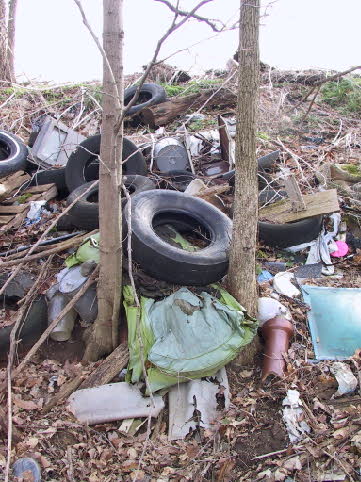A New Era For Private Cost Recovery Litigation?
October 16, 2008
News and Views on Environmental & Toxic Tort Federal and State Legal Issues and Developments
October 16, 2008
 In its precedent breaking decision in United States v. Atlantic Research Corporation, decided in June 2007, the United States Supreme Court held that the plain language of CERCLA §107(a)(4)(B) authorizes any private party, including PRPs, to commence an environmental cost recovery action. The Supreme Court added as dictum that it “assume[d] without deciding” that §107(a) provided these PRP plaintiffs with the right to pursue a claim for joint and several liability. CERCLA §107 is a strict liability scheme that permits a plaintiff to seek joint and several liability without the burden of proving causation. Prior to Atlantic Research, only the United States or an “innocent landowner” could wield §107’s heavy club. In the wake of Atlantic Research, any PRP (i.e. polluter) can bring a §107 claim against other PRPs to recover costs. The only exception is that PRPs who have been defendants in actions brought against them by the United States pursuant to CERCLA §106 or §107 must pursue their recovery pursuant to §113, which only permits the recovery of costs on a pro rata basis via contribution. To those unlucky plaintiffs, §107 is not available.
In its precedent breaking decision in United States v. Atlantic Research Corporation, decided in June 2007, the United States Supreme Court held that the plain language of CERCLA §107(a)(4)(B) authorizes any private party, including PRPs, to commence an environmental cost recovery action. The Supreme Court added as dictum that it “assume[d] without deciding” that §107(a) provided these PRP plaintiffs with the right to pursue a claim for joint and several liability. CERCLA §107 is a strict liability scheme that permits a plaintiff to seek joint and several liability without the burden of proving causation. Prior to Atlantic Research, only the United States or an “innocent landowner” could wield §107’s heavy club. In the wake of Atlantic Research, any PRP (i.e. polluter) can bring a §107 claim against other PRPs to recover costs. The only exception is that PRPs who have been defendants in actions brought against them by the United States pursuant to CERCLA §106 or §107 must pursue their recovery pursuant to §113, which only permits the recovery of costs on a pro rata basis via contribution. To those unlucky plaintiffs, §107 is not available.
Are we at the dawn of a new era of private cost recovery litigation? In traditional §113 actions, the PRP plaintiff has the burden of demonstrating that neither plaintiff nor third parties bear any percentage allocation of responsibility for the cleanup costs at issue. If this burden now passes from the plaintiff to defendants, defendants may be disinclined to run the risk of being held jointly and severally liable for all of a site’s cleanup costs in the event that their proof falls short. This risk factor should make defendants more willing to come to the bargaining table earlier. The same risk consideration should motivate corporate PRP plaintiffs to file §107 suits rather than to let grass grow under their feet.
In weighing possible unfairness to §107 defendants, the Supreme Court noted that a defendant PRP in a §107 suit could blunt any inequitable distribution of costs by filing a §113(f) counter-claim. Thus, once CERCLA liability is established, defendants may avoid joint and several liability by establishing that they caused only a divisible portion of harm. Of course, this course of action is easier said than done and requires a significant commitment of legal manpower to see through to the end. One court recognized that by providing a RPP with an opportunity to pursue joint and several liability against other PRPs, §107 further encourages a PRP to quickly and voluntarily cleanup a site in the hopes that it might recover its response costs from other PRPs. Raytheon Aircraft Company v. United States, 532 F.Supp. 2d 1306, 1310 (holding that the Court’s decision to permit plaintiff-PRP to pursue joint and several liability under §107(a) found support in Atlantic Research). In my judgment, the environmental bar should expect that a large number of cost recovery cases will be filed over the next 12 months.